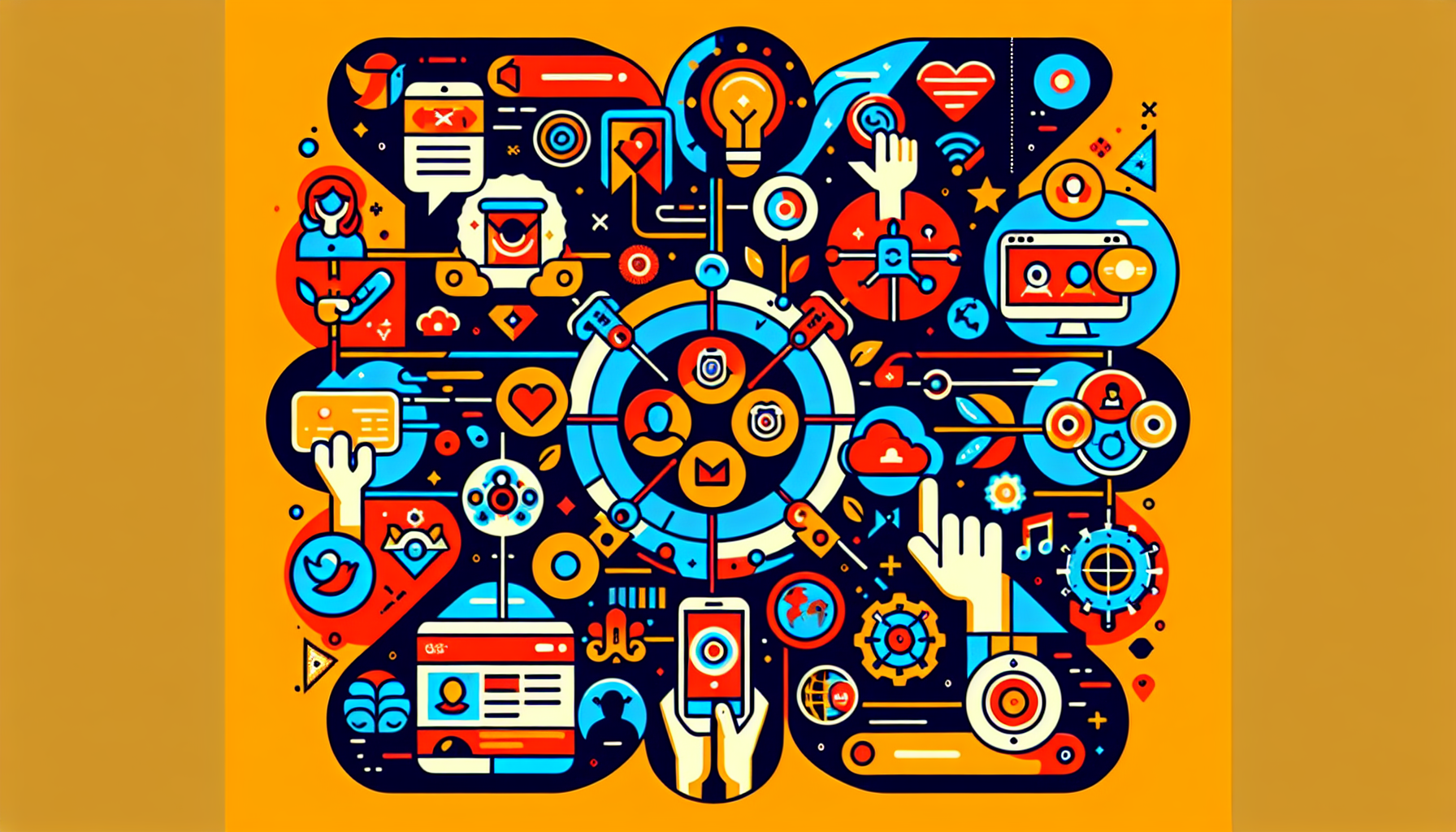1. Short-Form Video Dominance
The Rise of Platforms Like TikTok
Short-form videos are taking social media by storm, with platforms like TikTok leading the charge. These quick, engaging clips provide a perfect way for brands to showcase products and connect with audiences. Other networks have jumped on the bandwagon, creating their own versions of short video features, such as Instagram Reels and YouTube Shorts.
Building Community Engagement
With their bite-sized nature, these videos encourage higher engagement rates. Users love to share, comment, and recreate popular trends, fostering a sense of community. Brands that utilize short videos effectively can capture attention in seconds, making them critical for marketing strategies.
2. The Growth of Live Streaming
Real-Time Interaction
Live streaming continues to gain traction as users crave real-time interaction. Platforms like Facebook Live, Instagram Live, and Twitch allow creators and brands to connect with their audience on a personal level.
New Sales Channels
Businesses are exploring live shopping, where they can showcase products during broadcasts, allowing viewers to purchase directly from the stream. This innovative approach melds shopping with entertainment, making it effective for driving sales.
3. Social Commerce Expansion
Integrated Shopping Features
Social media platforms are increasingly integrating shopping features directly into their interfaces. Instagram Shopping and Facebook Shops enable brands to create virtual storefronts, allowing users to shop without leaving the app.
Enhancing Customer Experience
These features streamline the shopping experience, eliminating extra steps in the purchasing journey. By combining social media engagement with e-commerce, businesses can capture impulsive buying behavior more effectively.
4. Authenticity and Transparency
The Demand for Genuine Content
Today’s users value authenticity more than ever. They prefer real-life stories and behind-the-scenes content over polished marketing campaigns. Brands are shifting their strategies to reflect this trend by showcasing authentic experiences and honest dialogues.
The Role of User-Generated Content
Encouraging user-generated content not only enhances authenticity but also builds trust. Customers feel a connection to brands that share real stories from real people, which can lead to increased loyalty.
5. The Influence of Micro-Influencers
Targeted Marketing
Micro-influencers—those with smaller, but highly engaged followings—are becoming essential to effective marketing strategies. They often have a more personal connection with their audience, which can lead to higher engagement rates and a better return on investment for brands.
Cost-Effective Collaborations
Partnering with micro-influencers is often more cost-effective than engaging top-tier influencers, making it accessible for businesses of all sizes. Brands that harness the power of micro-influencers can tap into niche markets and foster meaningful connections.
6. Mental Health Awareness and Digital Wellbeing
The Importance of Digital Detox
As social media usage grows, so does the conversation about mental health and digital wellbeing. Many users are recognizing the need for balance and are seeking ways to create healthy boundaries with their online presence.
Platform Initiatives
In response, social media companies are implementing features designed to improve user wellbeing, such as screen time trackers and reminders to take breaks. This focus on mental health helps users feel more in control of their social media consumption.
7. Sustainability and Corporate Responsibility
Consumers’ Expectations
Modern consumers are increasingly considering a brand’s commitment to sustainability and corporate responsibility when making purchasing decisions. They want to engage with brands that showcase their values and practices on social media.
Storytelling for Impact
Brands are finding new ways to communicate their efforts towards environmental sustainability and social justice. By sharing stories that highlight their initiatives, companies can resonate with audiences looking for meaningful connections.
8. Rise of Augmented Reality (AR) Features
Interactive Experiences
Augmented reality is transforming how brands engage with consumers. Features such as AR filters on Instagram and Snapchat allow users to interact with products in a unique and immersive way.
Virtual Try-Ons
This technology is particularly beneficial for industries like beauty and fashion, where potential customers can virtually try on products before making a purchase. This not only enhances the user experience but also boosts sales conversions.
9. AI-Powered Content and Insights
Personalization through Data
Artificial intelligence is essential for understanding user behavior and preferences. Social media platforms are utilizing AI to deliver personalized content, making users more likely to engage with what they see in their feeds.
Chatbots and Customer Service
AI is also enhancing customer service efforts through chatbots. Brands can use these tools to provide quick responses, answer queries, and guide users through sales funnels, improving overall customer satisfaction.
10. The Need for Multi-Platform Strategy
Diverse Audience Engagement
With users scattered across multiple social platforms, businesses must adopt a multi-platform strategy to reach their audience effectively. Each platform has its unique characteristics and user demographics, necessitating tailored content for maximum impact.
Cross-Promotion Techniques
Brands can leverage their presence on one platform to drive traffic to another, using cross-promotion techniques. This not only broadens their reach but also fosters a cohesive brand narrative across different spaces.
